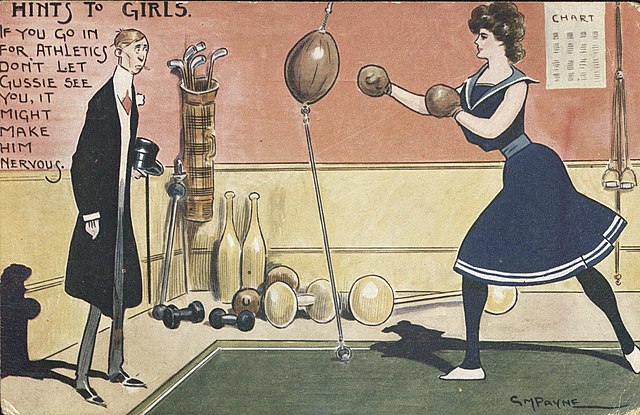
A book newly acquired by the Thammasat University Library should be of interest to students of sociology, social work, psychology, education, and related fields. Any TU students who intend to study overseas in countries outside Asia may also benefit from its findings. Microaggressions in Everyday Life is shelved in the General Stacks of the Puey Ungphakorn Library, Rangsit Campus. It is by Dr. Derald Wing Sue, professor of Psychology and Education in the Department of Counseling and Clinical Psychology at Teachers College and the School of Social Work, Columbia University. He earned a Ph.D. from the University of Oregon, and was cofounder and first President of the Asian American Psychological Association. Dr. Sue specializes in multicultural psychology, education, and evelledng and therapy. The TU Library owns other books written and coedited by Dr. Sue.
Dr. Sue has lectured in China, Hong Kong, Japan, Taiwan, Macau, the Philippines, and Singapore, among other places. A microaggression is a term used to describe something that bothers someone else who belongs to a group of people. The letters micro at the beginning of a word in English refer to something that is small. So all students are familiar with such English words as
- microphone
- microscope
- microwave
- microcomputer
- microprocessor
- microfilm
- microcomputers
- microscopic
- microchip
- microcosm
- microorganism
- microbial
- microbe
- microeconomics
- microbiology
- microfiche
Microagressions may not seem like major problems, but as they accumulate, they can affect the lives of people in many ways. Any socially marginalized group may be the target of microaggressions. Dr. Sue defines microaggressions as brief, everyday exchanges that send denigrating messages to certain individuals because of their group membership. The people making statements that are offensive may not even realize that their comments are hurtful.

For example, Asian Americans who are born in the United States of America might be told by someone they meet in their home town that they speak surprisingly good English. The assumption is that if they look Asian, they cannot be born in America, or they might be seen as less American than people who are not Asian. Dr. Sue noted,
In our 8-year research at Teachers College, Columbia University, we have found that these racial microaggressions may on the surface, appear like a compliment or seem quite innocent and harmless, but nevertheless, they contain what we call demeaning meta-communications or hidden messages… I summarize research conducted at Teachers College, Columbia University which led us to propose a classification of racial microaggressions. Three types of current racial transgressions were described:
- Microassaults: Conscious and intentional discriminatory actions: using racial epithets, displaying White supremacist symbols – swastikas, or preventing one’s son or daughter from dating outside of their race.
- Microinsults: Verbal, nonverbal, and environmental communications that subtly convey rudeness and insensitivity that demean a person’s racial heritage or identity. An example is an employee who asks a co-worker of color how he/she got his/her job, implying he/she may have landed it through an affirmative action or quota system.
- Microinvalidations: Communications that subtly exclude negate or nullify the thoughts, feelings or experiential reality of a person of color. For instance, White people often ask Latinos where they were born, conveying the message that they are perpetual foreigners in their own land. Our research suggests that microinsults and microinvalidiations are potentially more harmful because of their invisibility, which puts people of color in a psychological bind: While people of color may feel insulted, they are often uncertain why, and perpetrators are unaware that anything has happened and are not aware they have been offensive… Space does not allow me to elaborate the harmful impact of racial microaggressions, but I summarize what the research literature reveals. Although they may appear like insignificant slights, or banal and trivial in nature, studies reveal that racial microaggressions have powerful detrimental consequences to people of color. They have been found to: (a) assail the mental health of recipients, (b) create a hostile and invalidating work or campus climate, (c) perpetuate stereotype threat, (d) create physical health problems, (e) saturate the broader society with cues that signal devaluation of social group identities, (f) lower work productivity and problem solving abilities, and (g) be partially responsible for creating inequities in education, employment and health care.
In Racial Microaggressions and the Asian American Experience, a co-authored research article, Dr. Sue points out that although it is widely believed in America that Asian Americans are successful in getting good education and jobs, this is not always an accurate representation:
Widespread prejudice and discrimination continue to take a toll on [Asian Americans’] standard of living, self-esteem, and psychological well being… Indeed, the study of Asians in America is the study of widespread prejudice and discrimination evelled at this group. Denied the rights of citizenship, forbidden to own land, and incarcerated in internment camps, this group has been the target of large-scale governmental actions to deny them basic civil and human rights…The current study was conducted in order to qualitatively explore the experience of racial microaggressions among Asian Americans and to identify typical microaggressive themes. By exploring the types of microaggressions Asian Americans experience, messages being conveyed, reactions to these experiences, and how individuals deal with the effects of these encounters, we hope to increase understanding of the dynamics of subtle racism directed at Asian Americans.

This year, other researchers published a research article, American Student: Mistaken Identity and Racial Microaggressions, in the Journal of International Students (JIS), a quarterly publication on international education. As its website explains, JIS is an academic, interdisciplinary, and peer-reviewed publication featuring narrative, theoretical, and empirically-based research articles, student and faculty reflections, study abroad experiences, and book reviews relevant to international students and their cross-cultural experiences and understanding in international education.
The article’s abstract explains:
This study examines the experiences of Asian American students who are mistaken as Asian international students; it provides insight into domestic students’ perceptions of and potential racial microaggressive experiences of international students. Drawing from racial microaggression survey data of Asian Americans, this study highlights the multiple layers of overt racism, microaggressions, and xenophobia directed against students who are perceived as Asian international students. The Asian American students’ narratives reveal that international students are often racialized by skin color, English proficiency, and nationality, which reflect U.S. racist framings of Asian Americans. Thus, we argue that racial experiences of Asian international students should be addressed as a part of U.S. racial ideology, notions of Whiteness, and racial microaggressions on campus.
In 2017, Stigma Consciousness, Racial Microaggressions, and Sleep Disturbance Among Asian Americans, a study in the Asian American Journal of Psychology, revealed that nearly 80 percent of Asian American participants in the research study dealt with at least one microaggression during two weeks. These racial discriminations affected how well they slept at night. Associate Professor Anthony Ong, a specialist in human development and one of the article’s coauthors, concluded: Being constantly vigilant to race-related threats in the environment may keep you from getting a good night’s sleep.

(All images courtesy of Wikimedia Commons)
